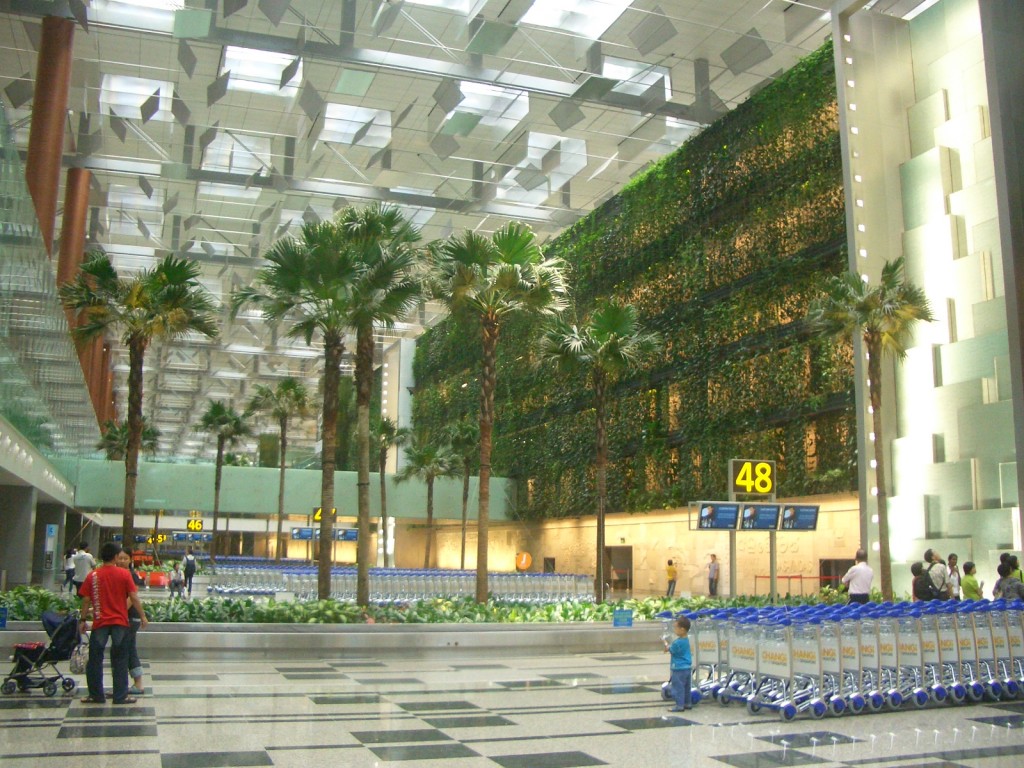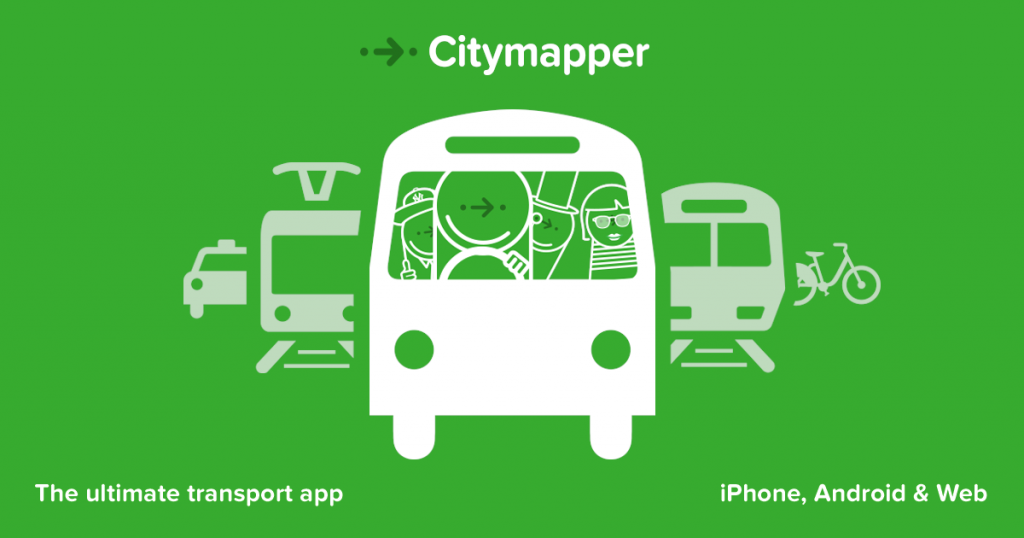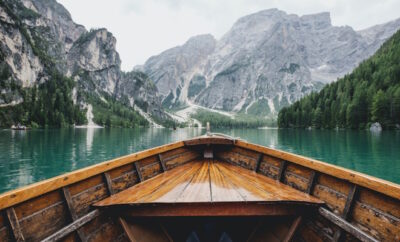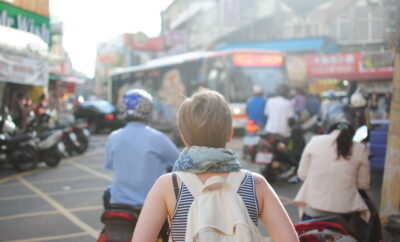
The Gen XY Lifestyle
KAYAK.sg: The Future Of Travel 2025
Travel expert and KAYAK Director of Southeast Asia, Imbert Fung shares some of the upcoming trends and technological trends influencing the future of travel.
What will travel be like in the next 20 years? Travel expert Imbert Fung shares how KAYAK sees the future of travel in terms of how seamless and personalised the booking process is, and how technology has impacted airline comfort, airports, hotels, and language barriers.
Seamlessness
Technology has enabled travel to become a more seamless process – from the planning, to booking and the actual flight. However, with so many players in a relatively young online travel market, Imbert shares that the industry is a rather fragmented one. While there is a shift from offline to online, many emerging and developing markets are still glued to the offline travel market. This is not discounting the fact that online travel booking is continuing to grow, and will eventually occupy a larger share than the offline market.
However, as it is impossible to make money with just flights alone, the main issue online travel players grapple with is to remain profitable; and they try to do so by cross-selling services or charging certain fees during the booking process. Imbert shares that till date, there is still no clear-cut winning profitability business model in the online travel market and therefore, no dominant player has emerged in the industry yet.
The push towards seamlessness can be achieved in various ways, and this includes being able to personalise the travel experience.
Personalisation
With technology offering us so many different channels of communication, Imbert shares that many online travel players find it difficult to communicate with the customer across all different channels with the right kind of service at the right time. Many players are still trying to figure out an algorithm to achieve a level of personalisation that captures the customer at one go. Things like what the customer has searched in the past, what their preferences are, or how different searches may interconnect; are just some ways travel players attempt to identify what product or service is suitable for the customer and to present it to them at the right time.
KAYAK aspires to offer algorithms that provide the customer information on their flight check-ins, which gate to go to, or even which carousel to pick up their baggage – and have all these information presented at the right time. As KAYAK is widely known as a travel search agent where customers may compare hotel or flight or car rental prices, the company aspires to be that must-have travel tool that offers any travel-related information to the customer.
Comfort
When it comes to offering greater comfort during travel, Imbert shares that the economy airlines are disappointingly not doing as much. With less food in carriers, and seats becoming more cramped on certain airlines, the level of comfort also reduces. For instance, the 777 airliners have changed their seating arrangements from the usual 3x3x3 to 3x4x3, causing seats to become narrower and less comfortable.
While in-flight experiences have seen a lot more innovation, Imbert shares that the hardware of planes has not seen much improvement over the last 30 to 40 years. He adds that although new models do emerge every three to five years with features such as increased speed, there has not been any ground-breaking changes made to commercial flights. Such a trend can be attributed to the lack of profitability in the airline industry, thus making it unnecessary for airlines to introduce any major innovations.
Despite this, various space companies such as SpaceX are stepping up to offer technological innovations that involve carrying passengers to space and have them land at another destination. Imbert shares that hopefully in the next 20 years, such cost-cutting and speedier methods of travel could be applied to commercial travel on Earth; where passengers are shot up from a particular destination and into the sub-orbit, before landing at another destination.
Airports
One major trend observed for airports is automation. From the process of checking out, bag drop, to border clearance and the actual boarding itself, airports are becoming less reliant on humans and has sped up the way we experience travel. For instance, Changi Airport is set to open Terminal 4 in 2017, and the new terminal will be equipped with facial recognition software to provide automated check-ins, boarding and border clearance.
Another trend observed in airports is the increase in amenities and luxuries available. As we become more globalised, more people will travel and require more connections from one place to another – and this means more time will be spent at airports. Increasingly, more travellers will hope to spend their time in the airport in a more fun and productive way. To cater to this, Changi Airport for instance, will open Terminal 5 in 2020 and will offer a large indoor garden and a Light & Sound show to entertain travellers. Airports are starting to offer more amenities such as free shower service, post office, golf courses and even ice rinks. Helsinki Airport for instance, even offers travellers yoga and fitness classes. With the addition of more amenities, airports will increasingly become a part of the journey, and no longer just a means to an end.
Hotels
One hotel trend that Imbert mentioned is that it is increasingly becoming a destination. More hotels are rebuilt from abandoned buildings, for instance, Four Seasons Hotel in Istanbul was previously a prison, offering visitors and added takeaway to their overall travel experience.
Hotels are also becoming more automated, as seen in the first robot hotel in Nagasaki, Japan. The robot hotel is completely run by robots, with a robotic dinosaur present at check-in to offer instructions and tips, and a robotic cart offering to carry guests’ baggage to their rooms. While it is a novel and interesting experience, Imbert shares that guests may still yearn for the warmth that comes with human interaction within the hotel.
Speaking the language
With technology, the barrier of language in a foreign country is becoming less of a problem for travellers today. Getting around, communicating with the locals, or figuring out how to get from one place to another, is made easier with the availability of mobile apps such as Google Translate, and City Mappers, which helps travellers get around via public transport without having to ask the locals.
New threats affecting travel
With the recent bout of terror attacks all over the world, this is inevitably a negative aspect of the evolution of travel. Imbert mentions that search trends for destinations such as Egypt, Turkey and North Africa have gone down as a result.
On the other hand, a positive aspect to this is that past war-torn destinations are growing in popularity among travellers. Destinations such as North Korea, Iraq and Iran are becoming trendy places as travellers are interested in becoming the first among their peers to visit them.
–
With all these various technological innovations, Imbert hopes that these advances will enable the travel industry to add a more positive impact in the near future. He adds that if seamlessness were to truly be achieved, information will be pushed to the customer as they go along, allowing them to enjoy the experience for the moment itself rather than to spend hours having to sit and plan as they go.















